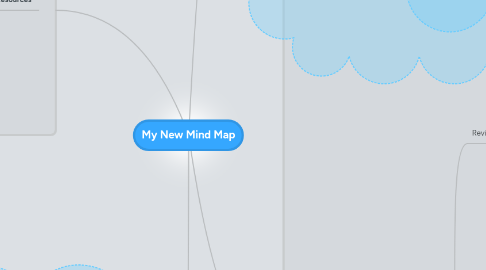
1. New Level of Cognitive Complexity
1.1. Revised Bloom’s Taxonomy
1.1.1. Level 5: Evaluate - Evaluating research to thoroughly understand environmental solutions.
1.1.2. Level 6: Create - Generating best option choices, determining plan of action, and executing the plan.
1.2. Create Excellence Framework
1.2.1. Level 4: Integrating - Impacts school or community, student generated inquiry, collaboration, essential technology component.
1.2.2. (Potential Level 5 if students take action on a global problem and initiate the collaborations for project to succeed.)
2. Resources
2.1. Maxwell, M., Stobaugh, R., & Tassell, J.H. (2016). Real-world learning for secondary schools: digital tools and practical strategies for successful implementation. Bloomington, IN: Solution Tree.
2.2. Prensky, M. (2014, February 26). Brain gain: technology and the quest for digital wisdom. [Video file]. Retrieved from https://www.youtube.com/watch?v=7wowZRDx344.
2.3. [Teaching Channel]. (n.d.) Tiny house: a community project. Retrieved from http://www.teachingchannel.org/videos/tiny-house-collaborative-project-hth
2.4. Williams, J.D. (2014, July 9). SketchUp tutorial -1- beginner SketchUp tutorial. Retrieved from http://www.youtube.com/watch?v=YGdLwE4Ue-c.
2.5. Zhao. Y. (2014, March 10). World class learners. [Video file]. Retrieved from https://www.youtube.com/watch?v=Wk--J3E8yqc.
3. Zhao
3.1. Creativity, entrepreneurial mindset, globally competent - He would like seeing student creating their own experiences, solving their own problems and creating their own opportunities.
4. Level of Cognitive Complexity
4.1. Revised Bloom’s Taxonomy
4.1.1. Level 3: Apply
4.1.1.1. Students toured school and made list of possible environmental improvements.
4.1.1.2. Students create Prezi of potential environmental solutions.
4.2. Create Excellence Framework
4.2.1. Level 2: Practicing
4.2.1.1. Task directed by teacher - not differentiated by interest/content/ability.
4.2.1.2. Students do not have a choice of task.
4.2.2. Level 3: Investigating
4.2.2.1. Teacher proposed environmental project.
4.2.2.2. Prezi nice presentation tool - not essential to investigation.
4.2.2.3. More of a simulation - does not impact school since only a potential project.
5. Ways to Raise Cognitive Complexity
5.1. Revised Bloom’s Taxonomy
5.1.1. Research becomes involved to look for best possible solutions. Must evaluate their sources of information.
5.1.2. Students take the principal’s decision and plan out implementation of “green” idea.
5.1.3. Students carry out the plan and see it through to completion at their school.
5.1.3.1. Collaborative student project at school: https://www.teachingchannel.org/videos/tiny-house-collaborative-project-hth
5.1.4. Able to analyze if plan produced predicted outcome to make school more environmentally friendly.
5.2. Create Excellence Framework
5.2.1. Students generate their own questions to investigate about the environment. May have to do with something outside school.
5.2.2. Students propose the ideas and take action to implement change in school (or world).
5.2.3. Students use technology to research, compare data, & plan their project.
5.2.3.1. students use sketchup
5.2.4. Students collaborate with experts to plan and produce their “green” idea.
5.2.5. Subject areas integrated into project: math (data analysis), writing (project proposal), science (environmental problems), etc.

